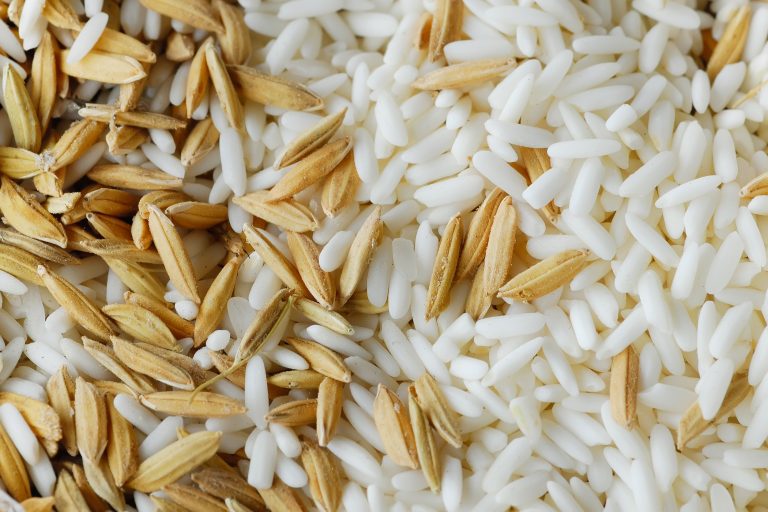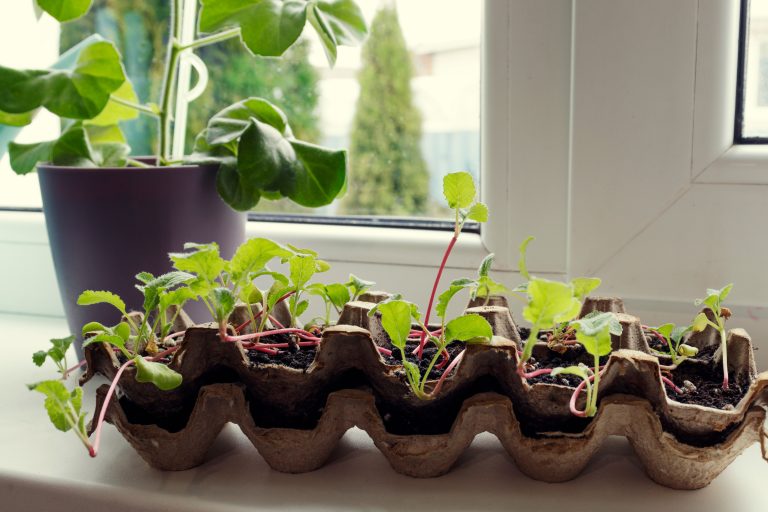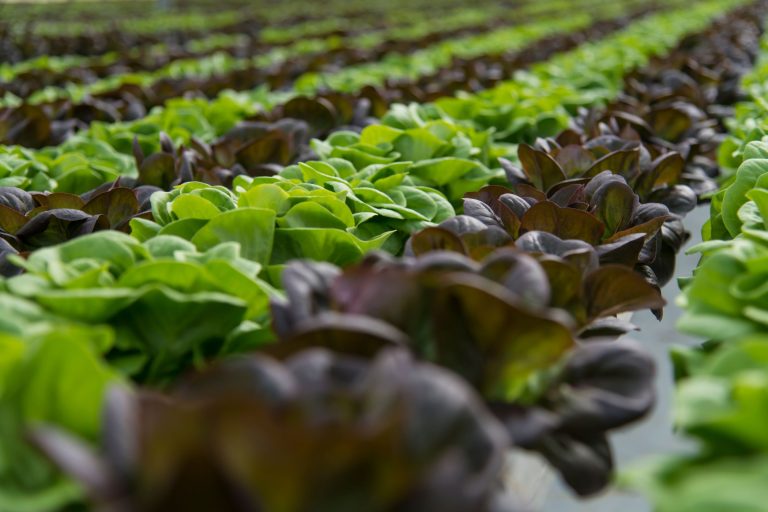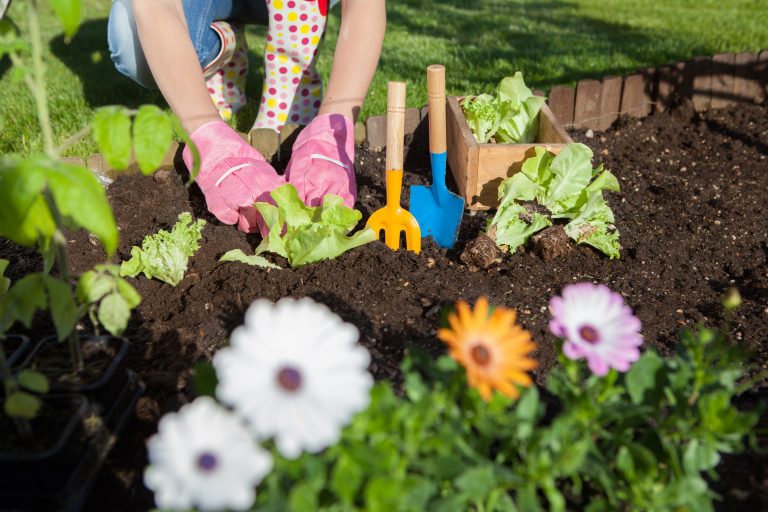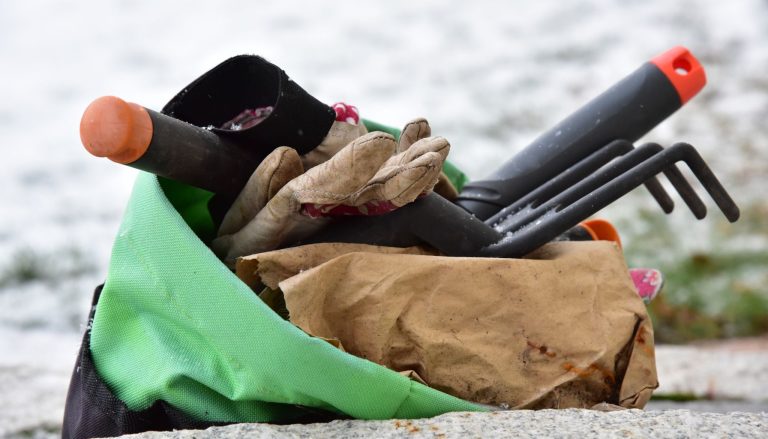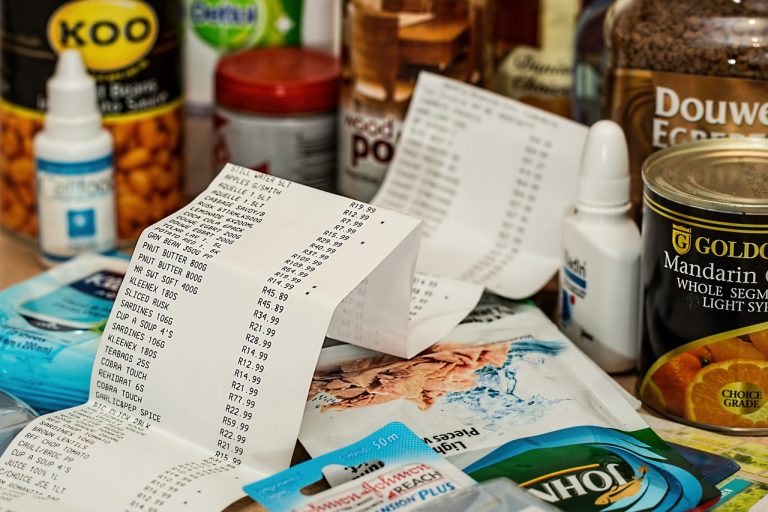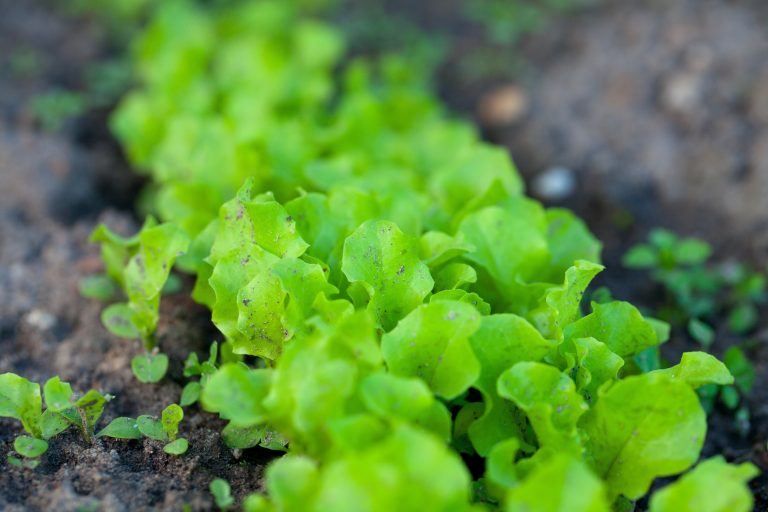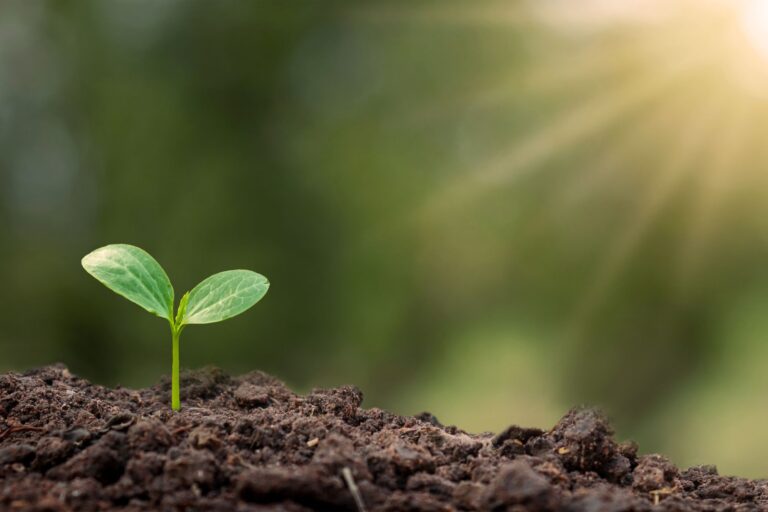If you’re looking for an affordable, sustainable way to boost your garden’s health, rice hulls might be the secret ingredient you’re missing. These lightweight, all-natural byproducts of rice milling are packed with benefits for home gardeners. With a neutral pH and excellent aeration properties, rice hulls can improve soil structure, drainage, and water retention. They’re…
sustainable gardening
10 Recycled Materials That Make Your Garden Better (and Cheaper)
Like the saying goes, one man’s trash is another man’s treasure. This is especially true when you’re trying to garden on a budget. Don’t throw out your waste; instead, get creative! Repurposing things like recycled materials is not only cost-effective but also sustainable. Here are 10 things that will improve your garden and are cheaper…
Garden Planning: Crop Rotation
I’ve said it before. It’s so important for a frugal gardener to plan. While gardeners without a strict budget can afford to be a little lax when it comes to planning, those who are looking to save money, in the long run, need to be meticulous and start thinking about their garden layout months,…
Planning a Sustainable Garden for the New Year Is Easy With These 5 Tips
People are shifting their lifestyle choices to be more sustainable. That doesn’t stop at checkout. It can extend into your home life and your garden. Creating an eco-friendly sanctuary right in the comforts of your home is easier than you think, and it’s super rewarding. Not only does it nurture nature, but it improves your…
Seed Starting on a Budget Series: DIY Containers
No rule says that seed starting requires fancy flats or trays. For the frugal gardener, spending money on pots and containers is a definite no-no. The smallest portion of your gardening budget should be allotted to containers. Why? Because they’re so easy to find for free or cheap! Including plenty of DIY options to…
Use These 8 Winter Composting Tips for Gardeners
When winter arrives, gardeners often wonder if composting can continue despite the cold weather. The answer is a resounding yes! With a few adjustments, winter composting can be just as effective as in warmer months. Whether you’re a seasoned gardener or new to composting, these eight tips will help you keep your compost pile thriving…
Winter Food Budgeting for the Frugal Gardener
In the past, I always noticed a jump in our food budget over the winter months. You’d think that the summer, with its frequent BBQs and outdoor game nights, would put a more significant dent in the budget, but I’ve noticed the opposite. In the summer, we get a lot of food right from the…
The Number One Tenet of Frugal Gardening: Plant What You Love
Apologies for the delay in posting this week. I managed to get mild food poisoning after a lovely brunch, and my stomach was in knots for nearly two days. The gardening season is definitely on its way, though! I love seeing photos of gardens slowly turning green and spotting hidden veggie beds in front or…
Transform Your Balcony into a Green Oasis with These Gardening Secrets!
Don’t let a small space limit your green thumb. Balcony gardening is a trendy way to create a lush retreat, even in the heart of the city. With the right techniques, your balcony can become a vibrant green haven full of life and charm. Let’s dive into some insider gardening secrets that will turn your…
Discover the Magic of No Dig Gardening: The Ultimate Guide to Effortless Green Thumbs!
No dig gardening is a revolutionary approach to cultivating a thriving garden with minimal effort and maximum benefits. This method, also known as no-till gardening, focuses on building healthy soil without disturbing it. By embracing the principles of no dig gardening, you can enjoy a flourishing garden while saving time and energy. In this ultimate…
